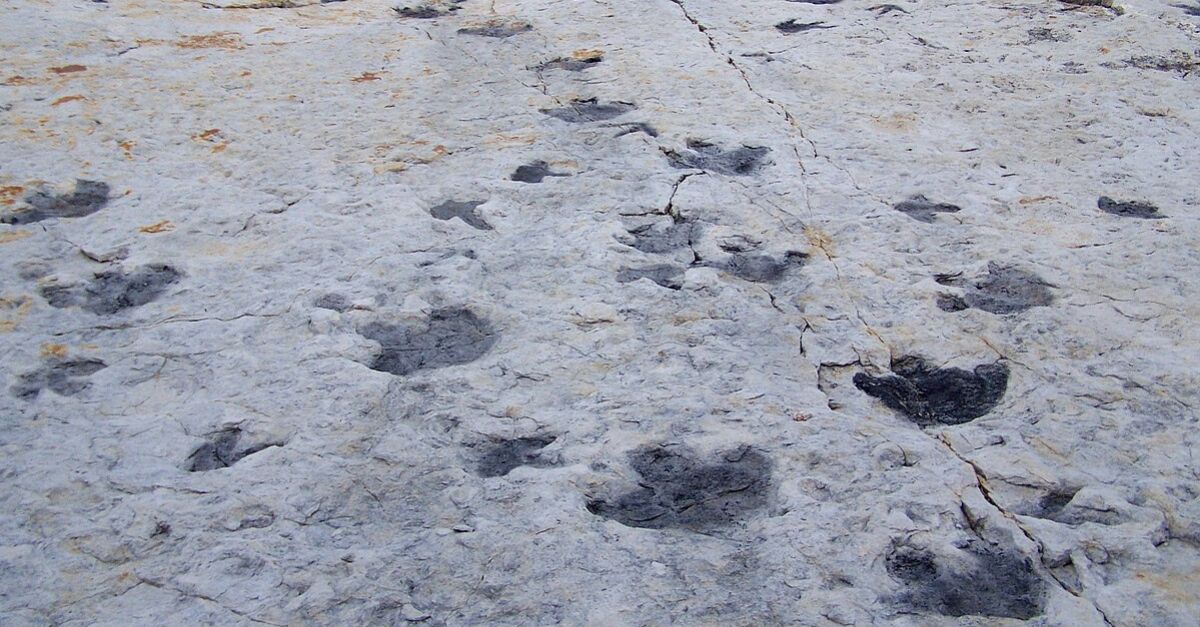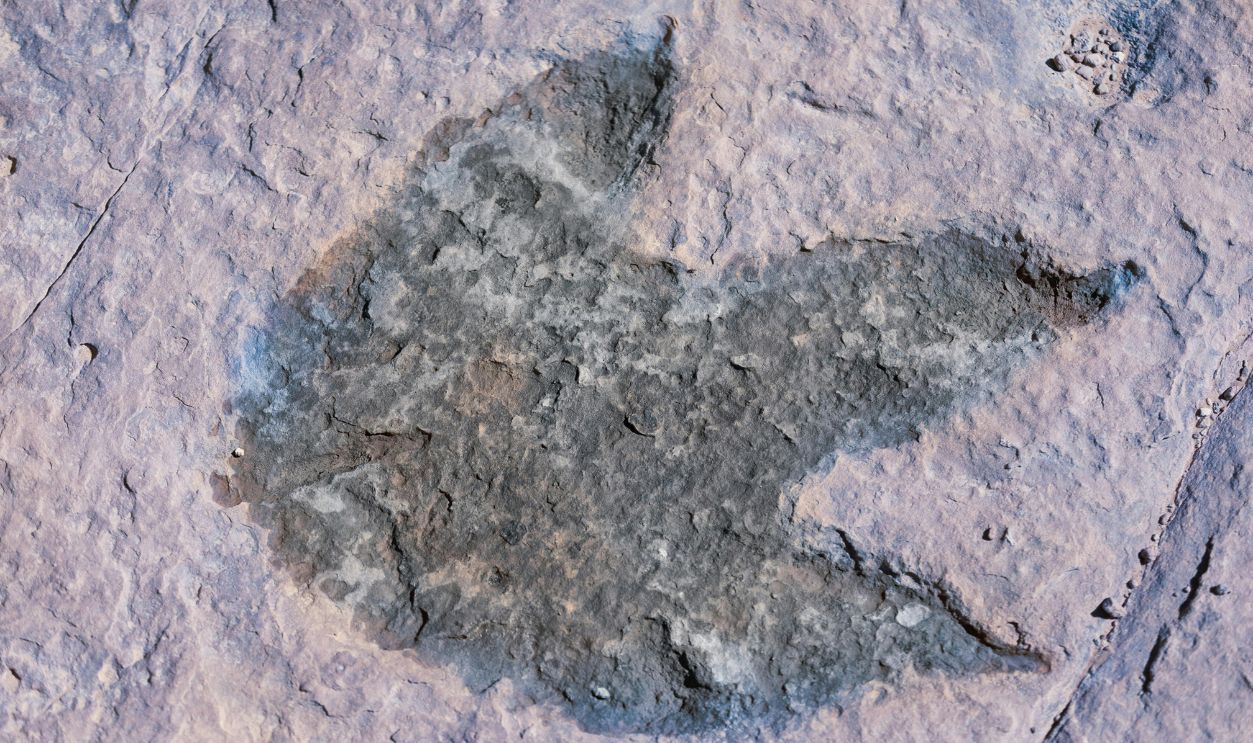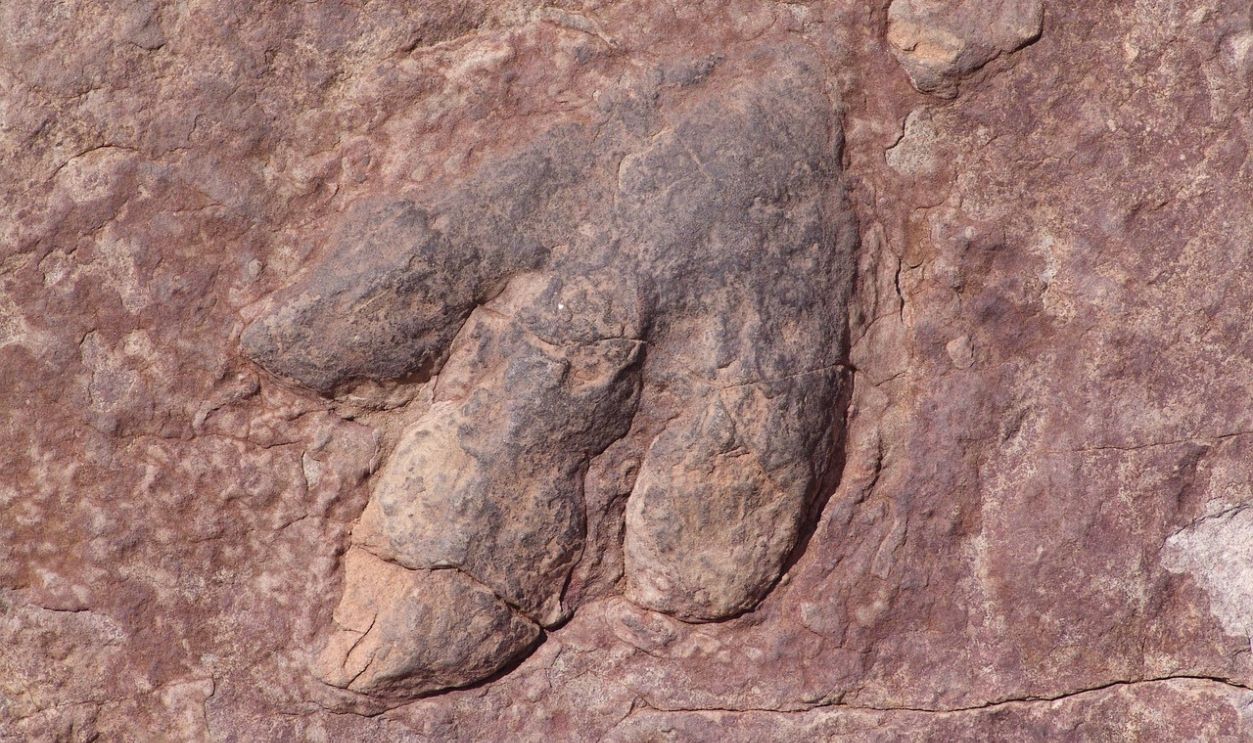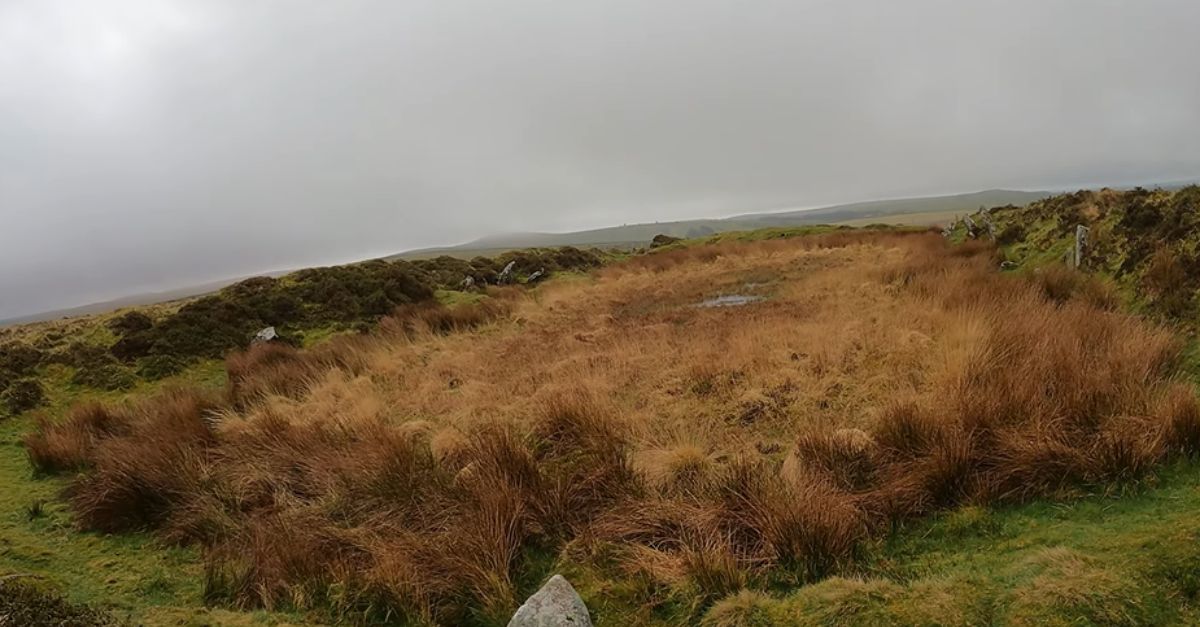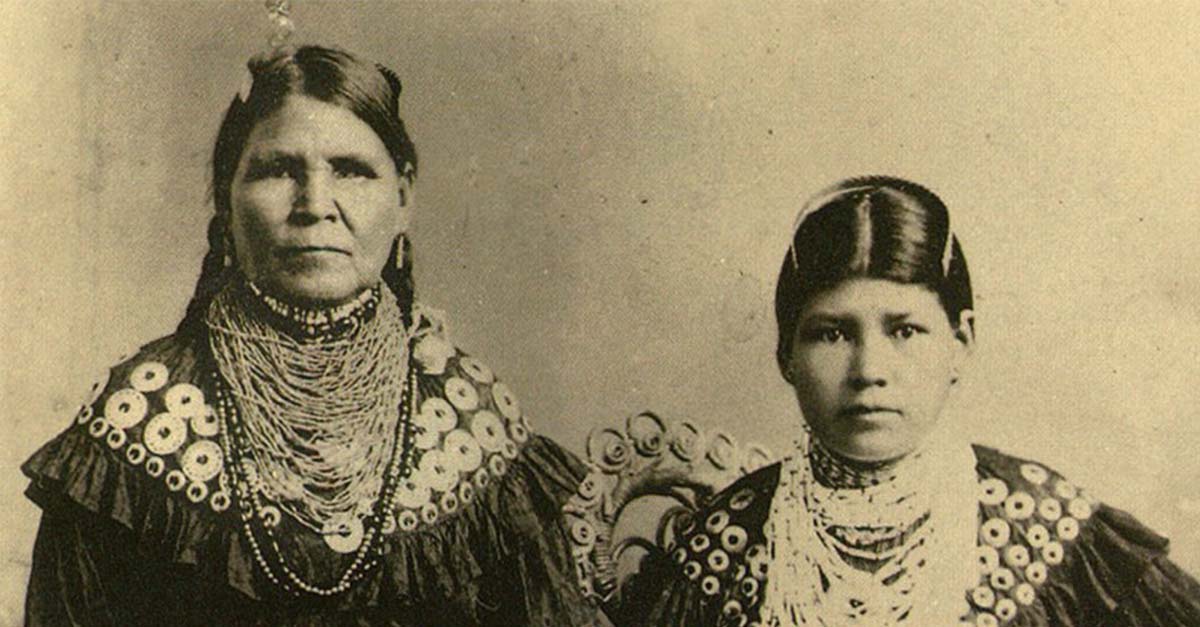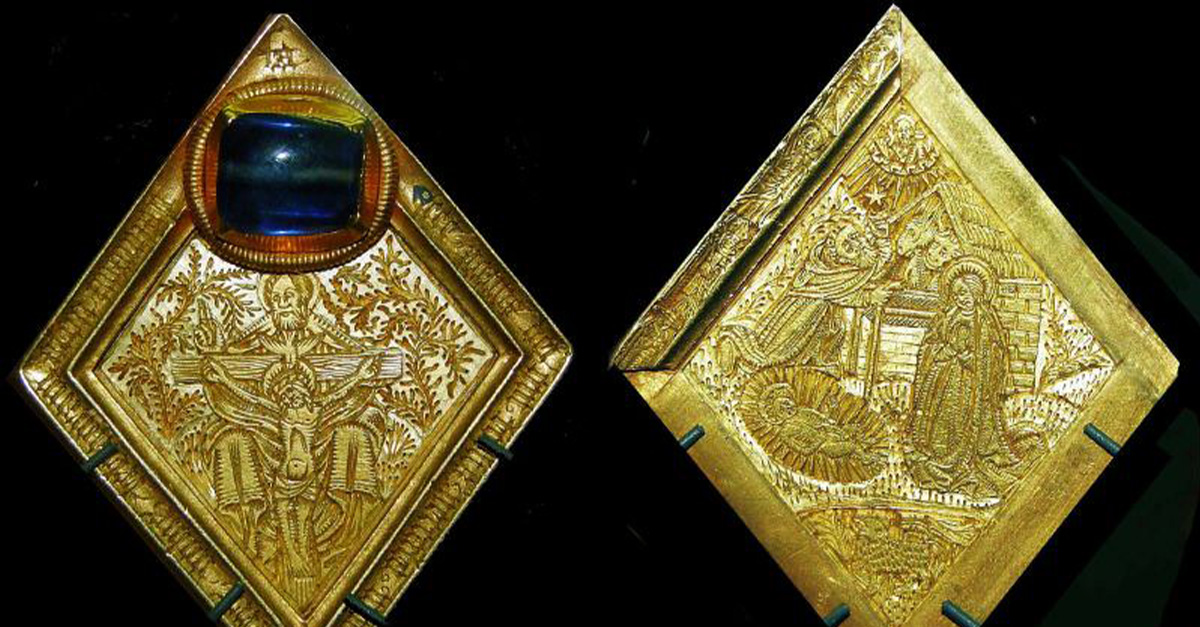June 15, 2024, Was Not An Ordinary Day
On a fateful day on June 15, 2024, Gary Johnson, a quarry worker, felt “unusual bumps” while driving his digger. It turns out that beneath all that bumpy terrain was a dinosaur’s footprint.
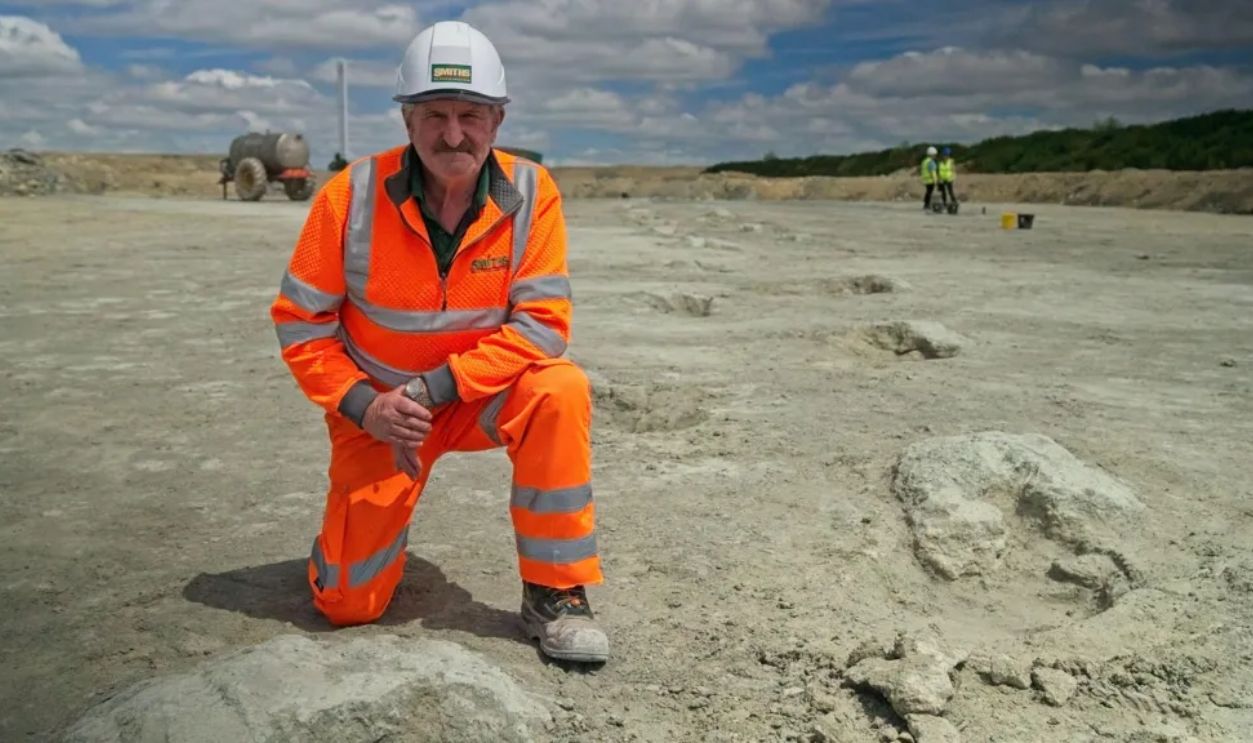
Here’s What Gary Johnson Did
After Johnson found the bumps unusual, he did a little digging himself, only to uncover a bigger issue that only experts could address. So, he promptly contacted experts from the Universities of Oxford and Birmingham to take over the excavation and further investigation. They sent in an excavation team.
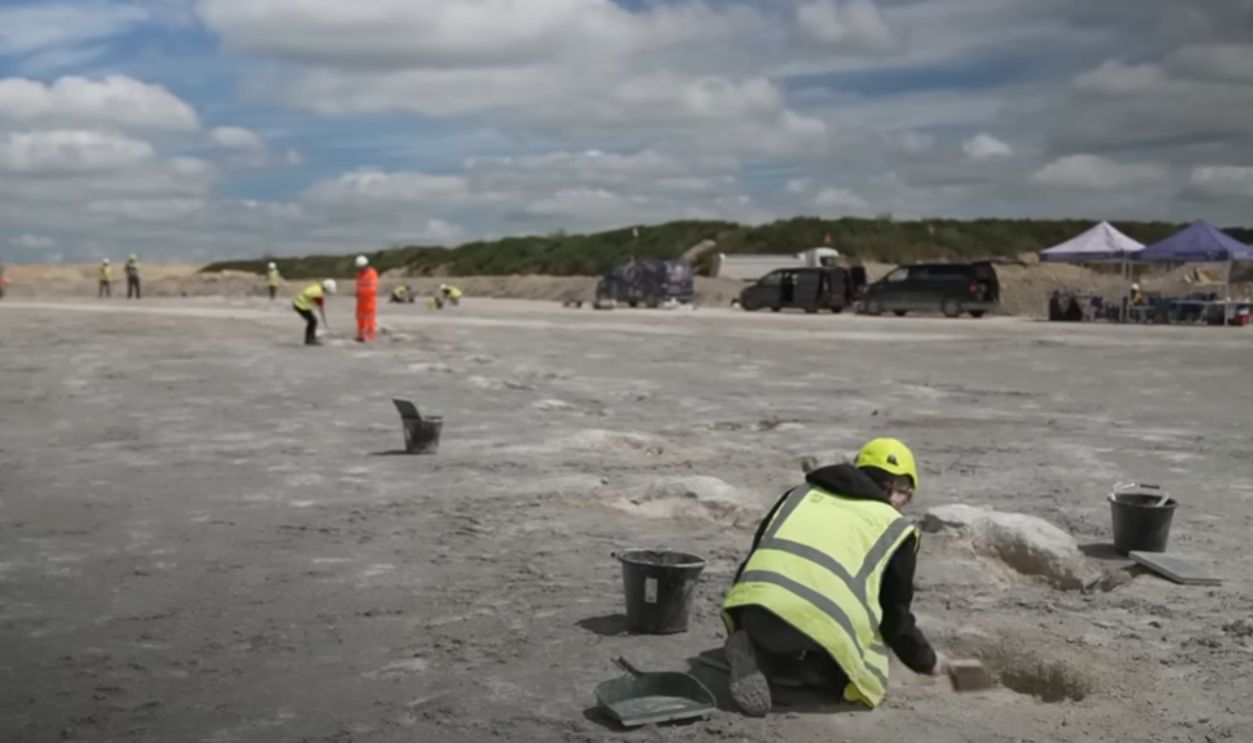 Vast dinosaur footprints found in quarry date back 166 million years | BBC News by BBC News
Vast dinosaur footprints found in quarry date back 166 million years | BBC News by BBC News
They Found A Pathway From 166 Million Years Ago
The fossilized track they found dates back to the Middle Jurassic period, around 166 million years ago. The prints found in Oxfordshire’s clay reveal an ancient highway trodden by dinosaurs as they moved across a prehistoric marshland, leaving an incredible time capsule beneath the earth.
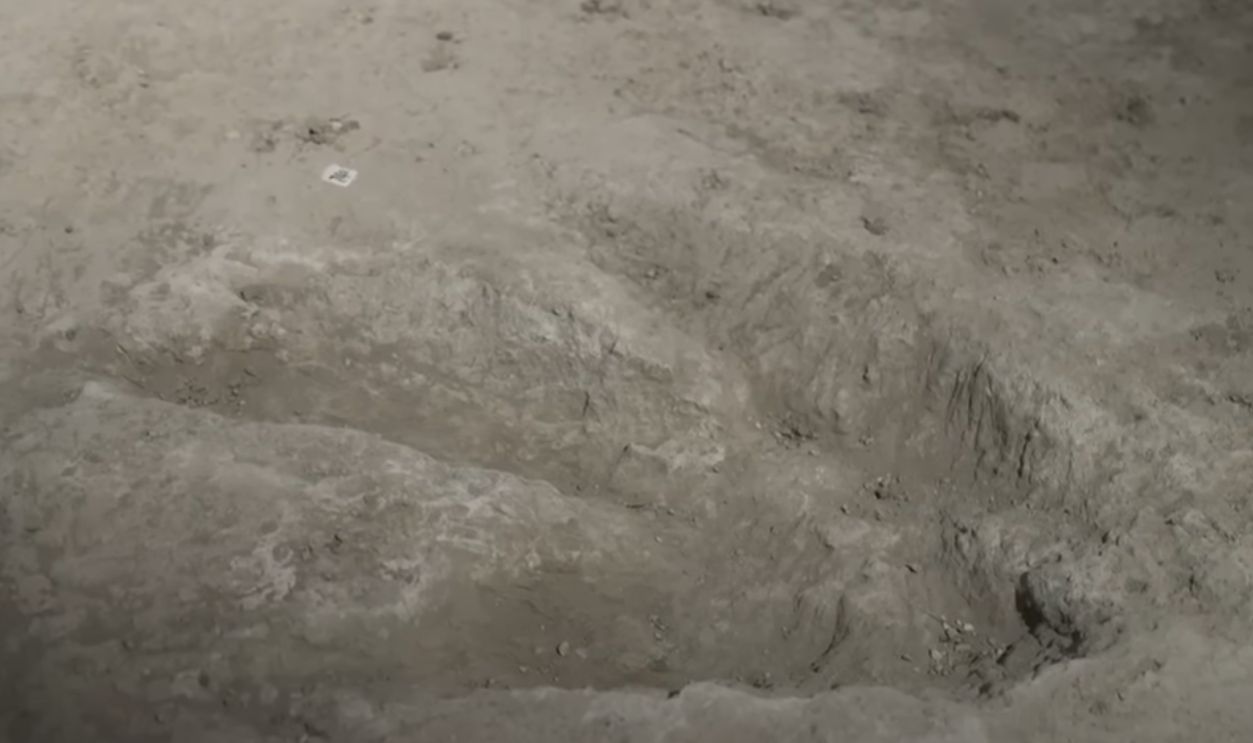 Vast dinosaur footprints found in quarry date back 166 million years | BBC News by BBC News
Vast dinosaur footprints found in quarry date back 166 million years | BBC News by BBC News
It’s The Largest Dinosaur Trackway In Britain
Largest doesn’t even begin to describe it. This trackway stretches over 50 feet, a feat showing a frozen dinosaur parade. It’s the longest trackway ever found in the UK, with perfectly preserved footprints that point to the passing of ancient gigantic creatures.
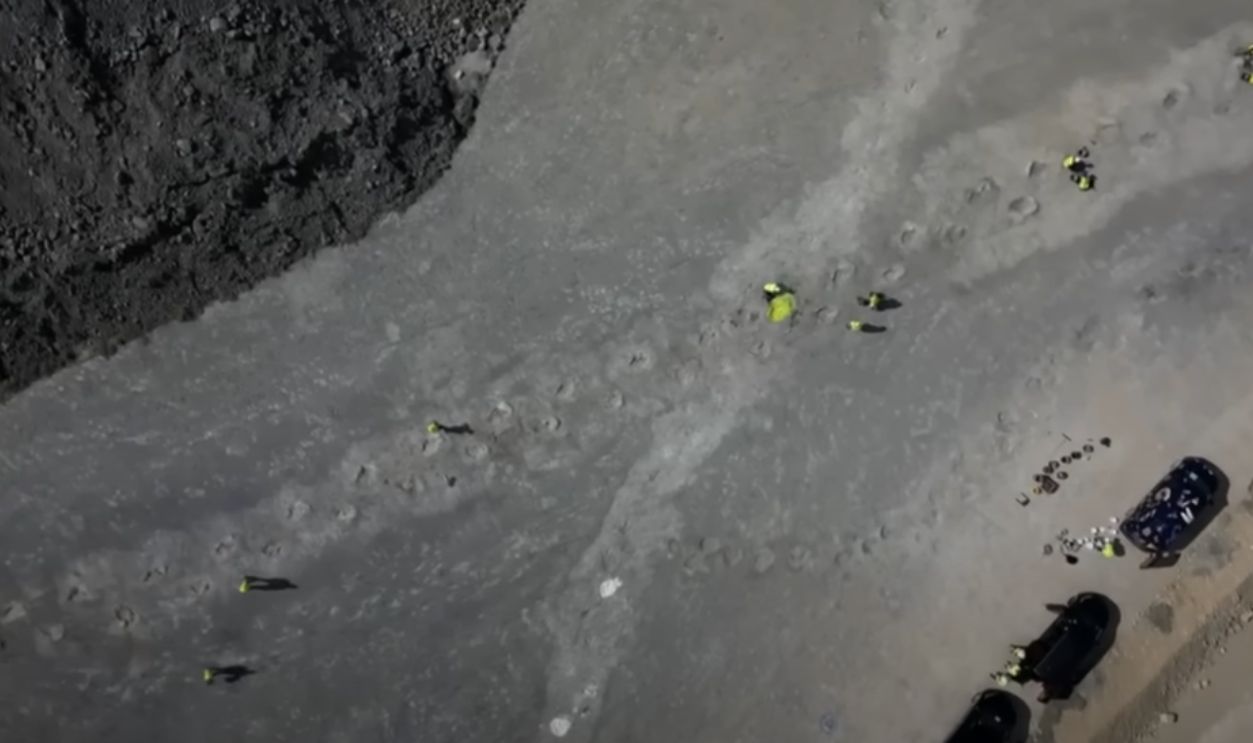 Vast dinosaur footprints found in quarry date back 166 million years | BBC News by BBC News
Vast dinosaur footprints found in quarry date back 166 million years | BBC News by BBC News
But How Did They Verify Its Authenticity?
Paleontologists used laser scanning to measure each impression and cross-referenced the patterns with global databases. These pristine tracks are like a treasure map from the past, and they are so rare they tell us secrets about how these giants lived together. Who wouldn't want to trace those ancient paths?
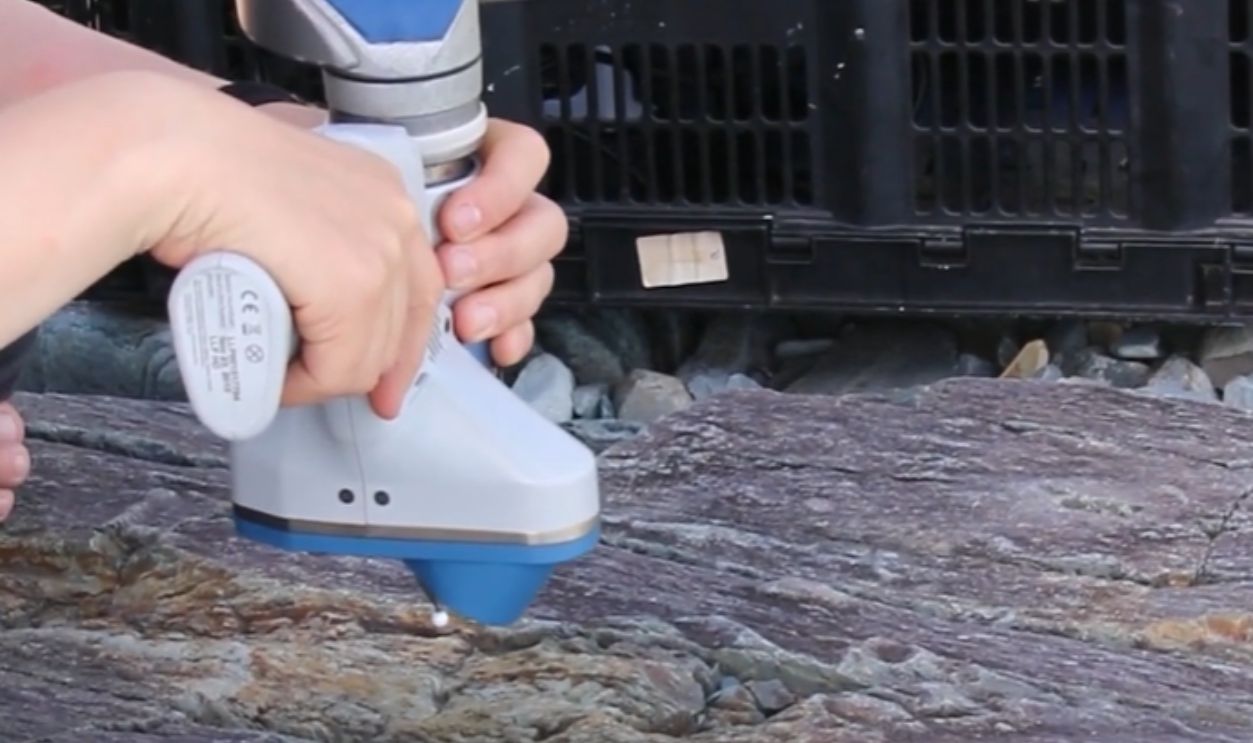 Laser scanning Ediacaran fossil Charniodiscus by Emily Mitchell
Laser scanning Ediacaran fossil Charniodiscus by Emily Mitchell
The Giants’ Grandeur
Have you ever seen a dinosaur skeleton? If you have, you know these weren't just ordinary beasts. They were huge, tall, and heavy. The largest ever known, the Argentinosaurus, stood as high as a 13-story building. Just imagine its footprints and its strides.
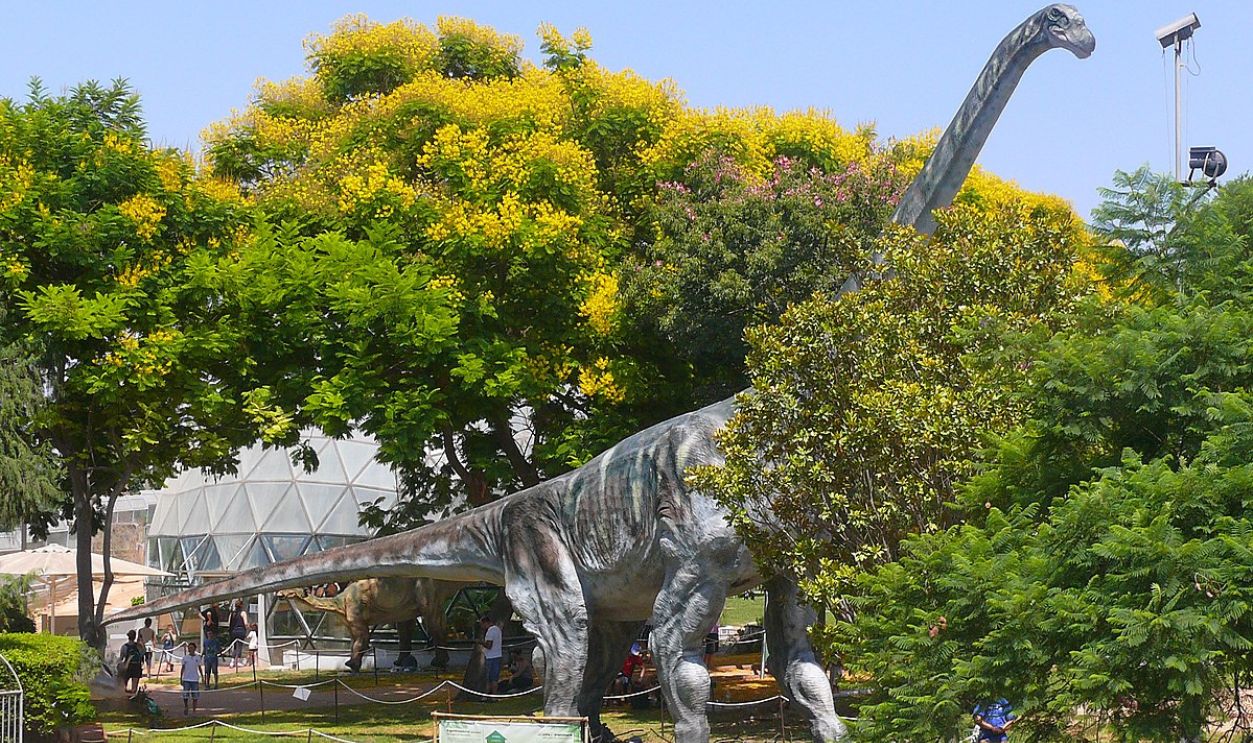 MathKnight and Zachi Evenor, CC BY-SA 4.0, Wikimedia Commons
MathKnight and Zachi Evenor, CC BY-SA 4.0, Wikimedia Commons
Identifying The Dinosaur Footprints
With footprints spanning over 50 feet, narrowing down the species became an exciting challenge for scientists. The prints belong to a mix of theropods—sharp-clawed, bipedal carnivores—and giant sauropods—long-necked herbivores. This combination reveals a diverse prehistoric ecosystem.
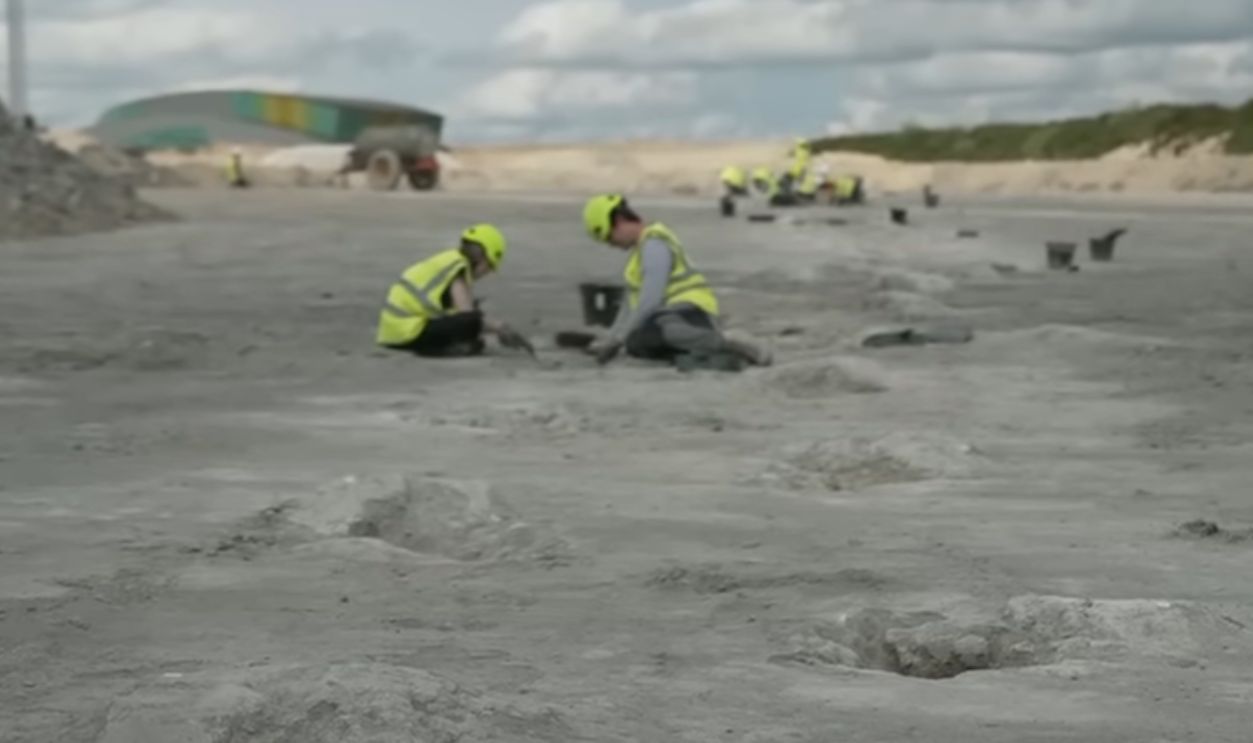 UK's biggest ever dinosaur footprint site discovered | BBC News by BBC News
UK's biggest ever dinosaur footprint site discovered | BBC News by BBC News
The Theropods And Sauropods
By examining how the footprints are arranged and the size of the tracks, researchers could infer how different dinosaur species interacted with the environment. Theropods, the meat-eating, bipedal dinosaurs, left footprints that were much more pronounced due to their larger claws. Meanwhile, the massive sauropods’ prints were broader.
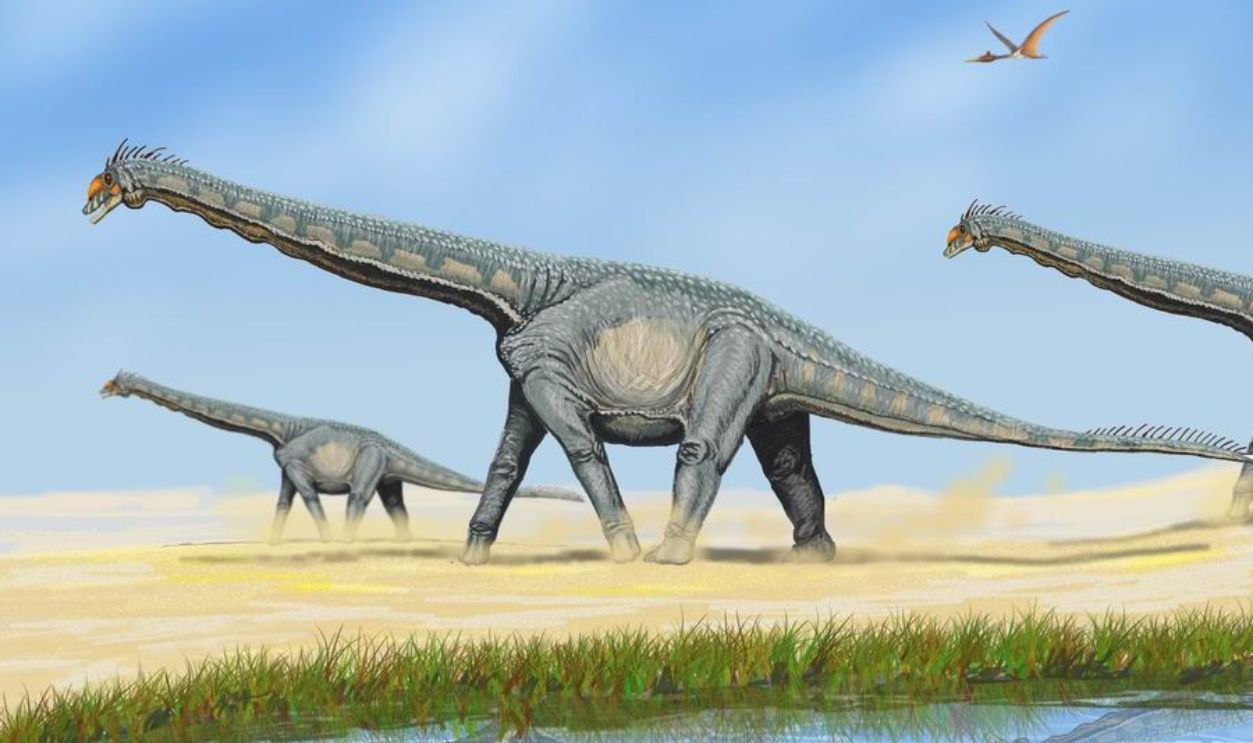 DiBgd, CC BY-SA 3.0, Wikimedia Commons
DiBgd, CC BY-SA 3.0, Wikimedia Commons
It's Best To Examine Up Close
The juxtaposition of theropod and sauropod footprints in close proximity suggests that these creatures lived alongside each other. The theropods were potentially the hunters of the smaller prey, while the sauropods moved through the area in search of vegetation.
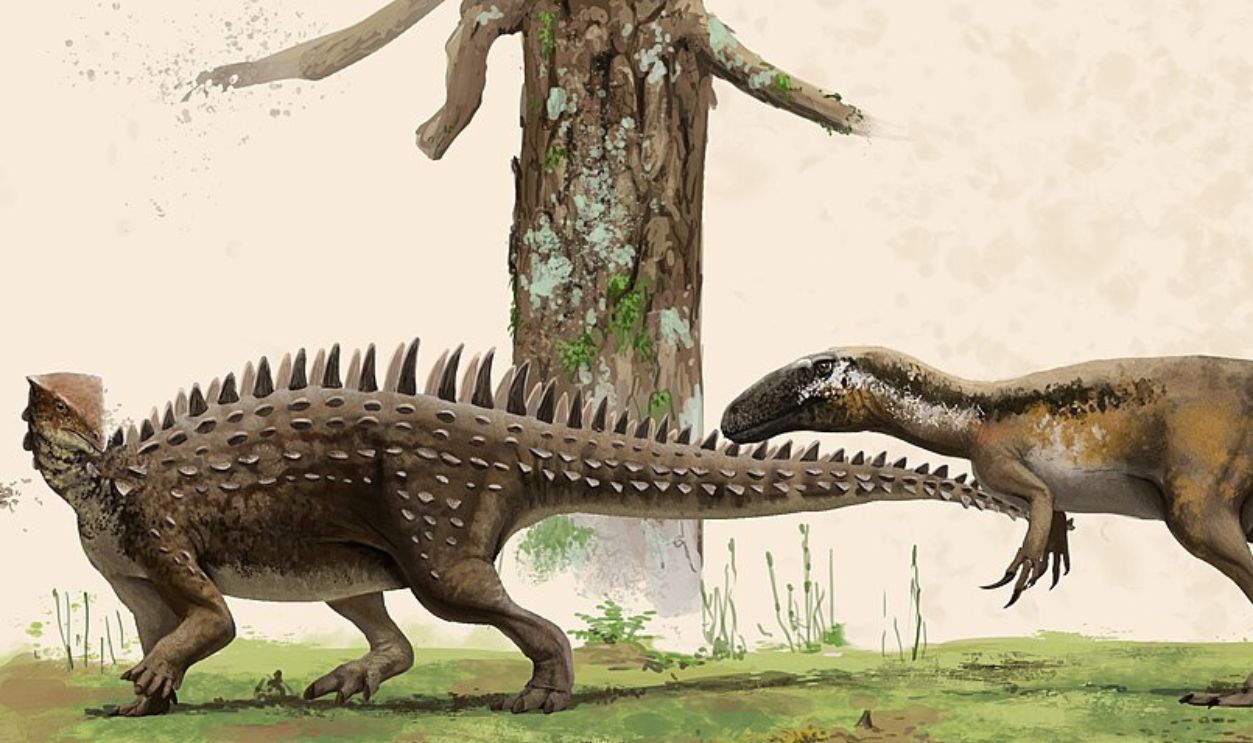 Lucas Attwell, CC BY-SA 3.0, Wikimedia Commons
Lucas Attwell, CC BY-SA 3.0, Wikimedia Commons
Tracking The Giant’s Walking/Running Patterns
In this instance, scientists pieced together the walking patterns of these ancient creatures. Accounting to the fact that some moved leisurely, while others may have been running—chasing prey or evading predators—measuring the stride distances up close helps disclose this.
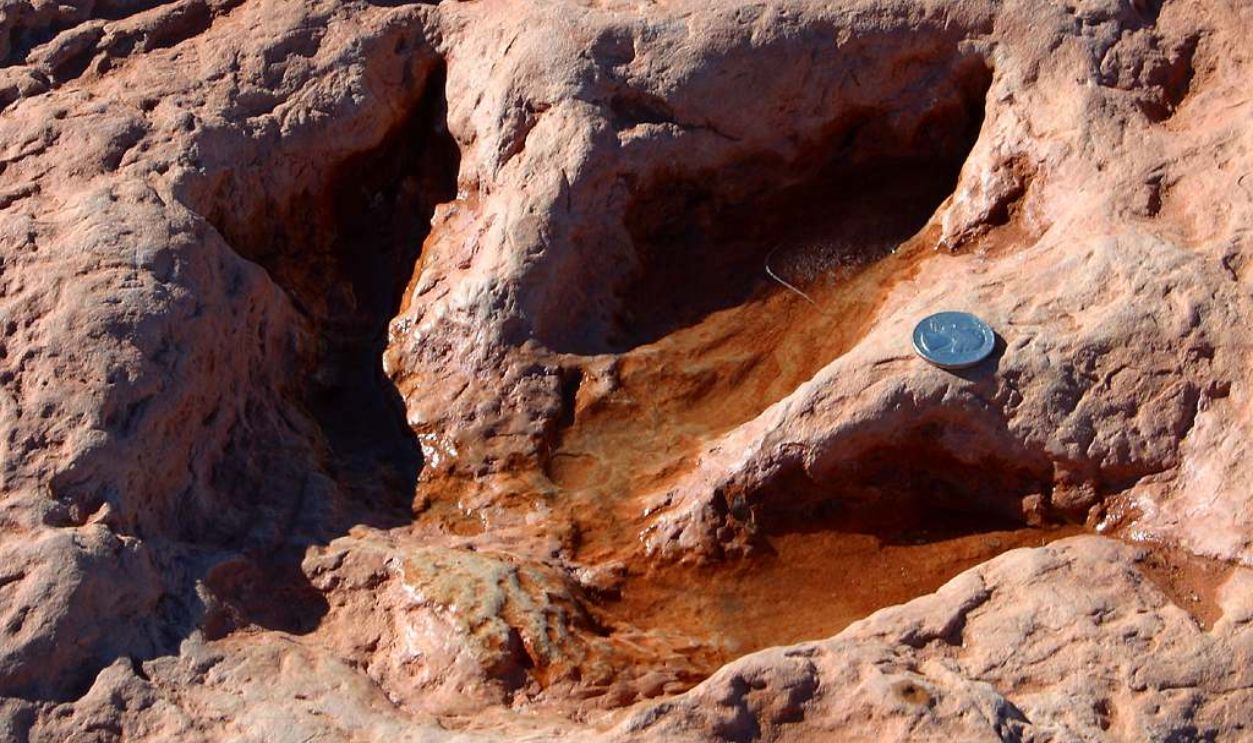 Jon Sullivan, Wikimedia Commons
Jon Sullivan, Wikimedia Commons
Clues To Jurassic Social Behavior
Could these footprints reveal how dinosaurs interacted? Absolutely. Evidence of multiple species traveling together suggests complex social dynamics. The trackway shows more enormous sauropods leading, with smaller dinosaurs following in what could have been a herding or migratory pattern.
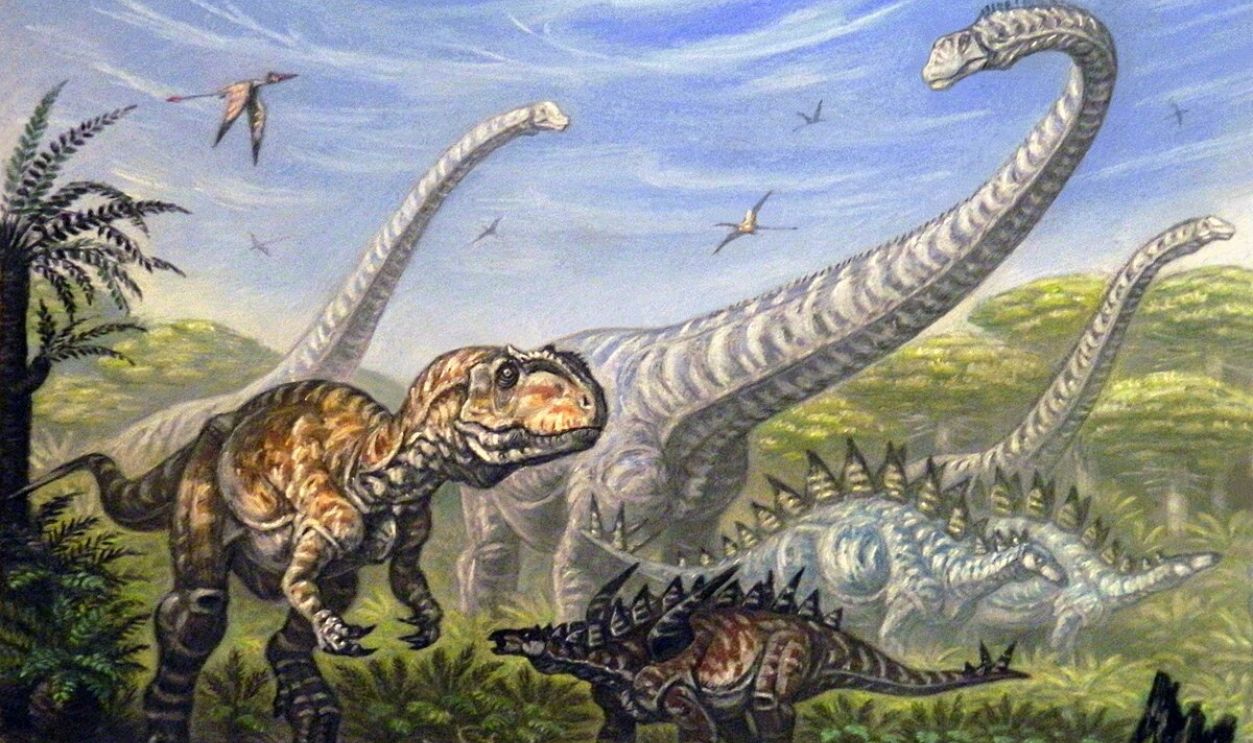 ABelov2014, CC BY-SA 3.0, Wikimedia Commons
ABelov2014, CC BY-SA 3.0, Wikimedia Commons
Footprints As Evidence Of Prehistoric Climate
These Oxfordshire footprints also give us valuable information about the climate of the time. How? It’s done by studying the soil condition, the depth of the footprints, and the presence of aquatic sediment. It determined that the Jurassic period here had a humid, subtropical climate with marshes and shallow lakes.
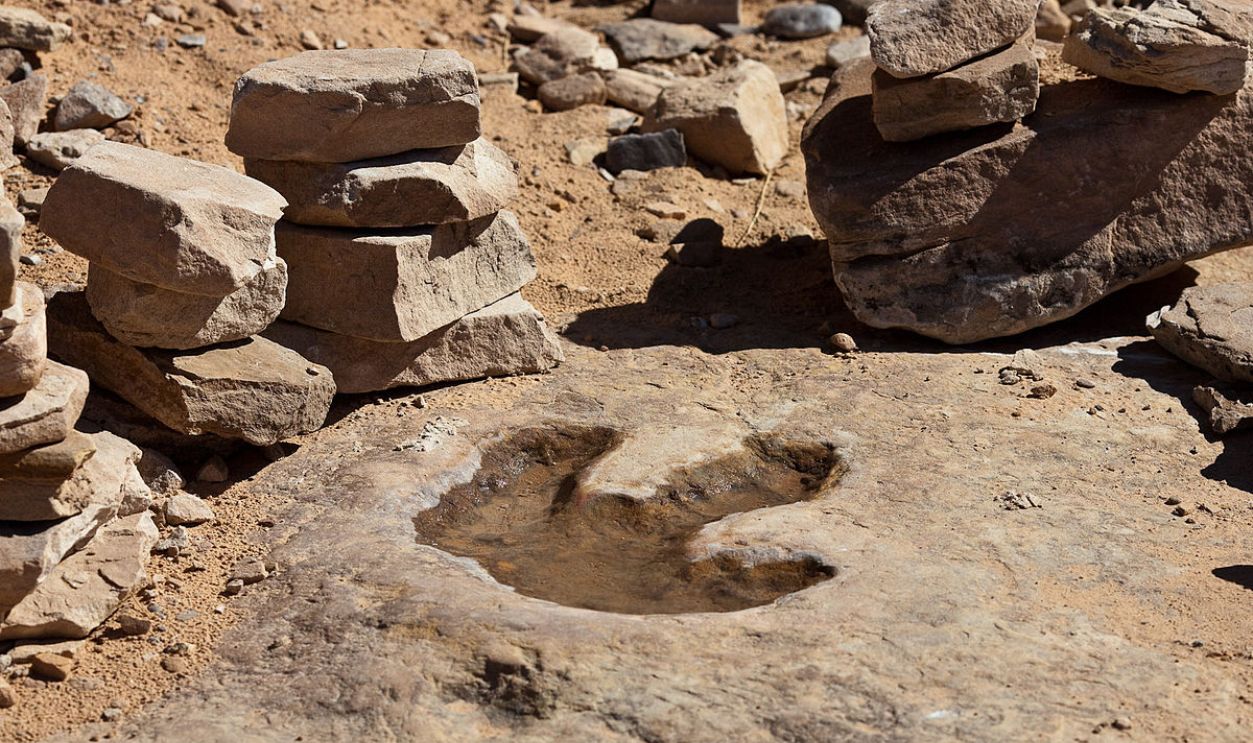 Greg Willis from Denver, CO, usa, CC BY-SA 2.0, Wikimedia Commons
Greg Willis from Denver, CO, usa, CC BY-SA 2.0, Wikimedia Commons
Preserved By Perfect Conditions
Ever wonder how these ancient footprints survived millions of years? Nature had the perfect recipe: sticky, wet clay that caught each step, followed by a quick burial under layers of sediment. Like nature's own fossil camera, these conditions froze the footprints in time before other elements could wash them away.
A Glimpse Of Prehistoric Oxfordshire
Oxfordshire wasn’t always green fields and quaint villages. During the Jurassic period, it was a swampy coastal region teeming with life. Dinosaurs roamed here alongside ancient plants, amphibians, and marine reptiles, all thriving in a tropical environment. Fossilized plant imprints near the trackway corroborate the marshy scenery.
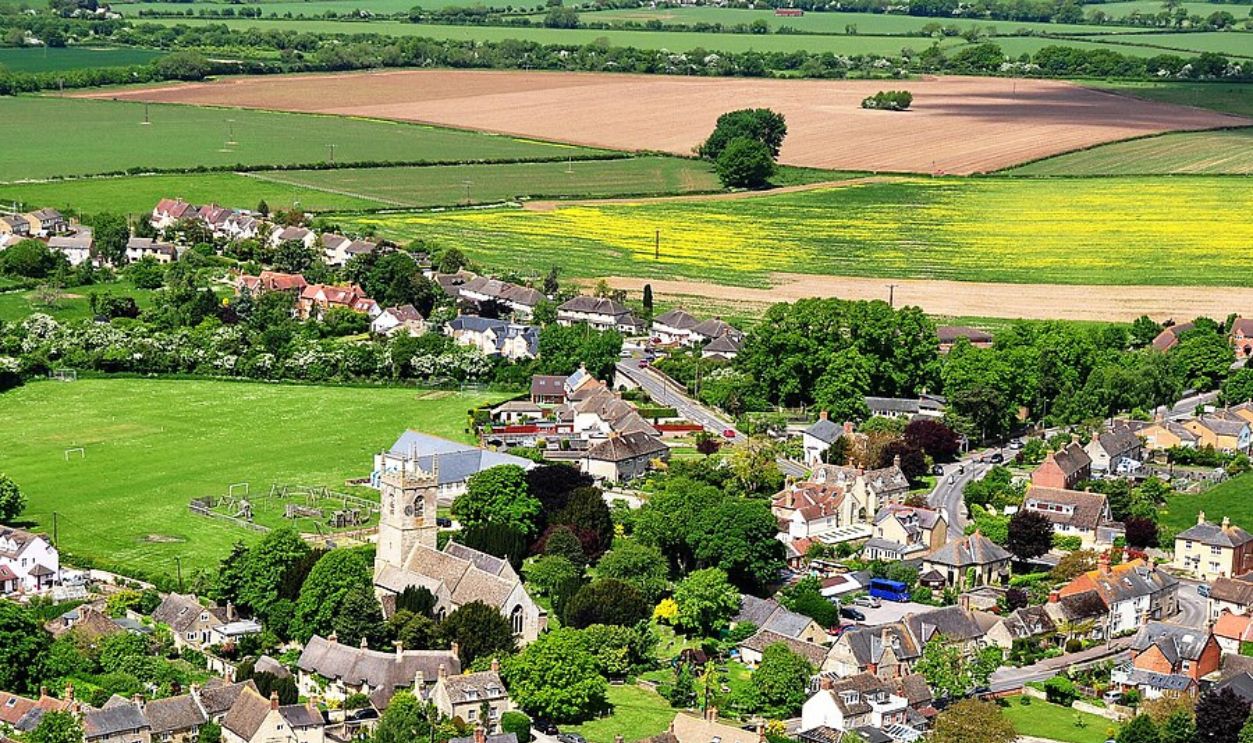 Dave Price, CC BY-SA 2.0, Wikimedia Commons
Dave Price, CC BY-SA 2.0, Wikimedia Commons
The Advanced Tech Used To Unearth This Mystery
For this discovery, scientists used state-of-the-art techniques like ground-penetrating radar and 3D modeling to map the trackway. These tools allowed them to visualize footprints buried under layers of sediment without first disturbing the soil.
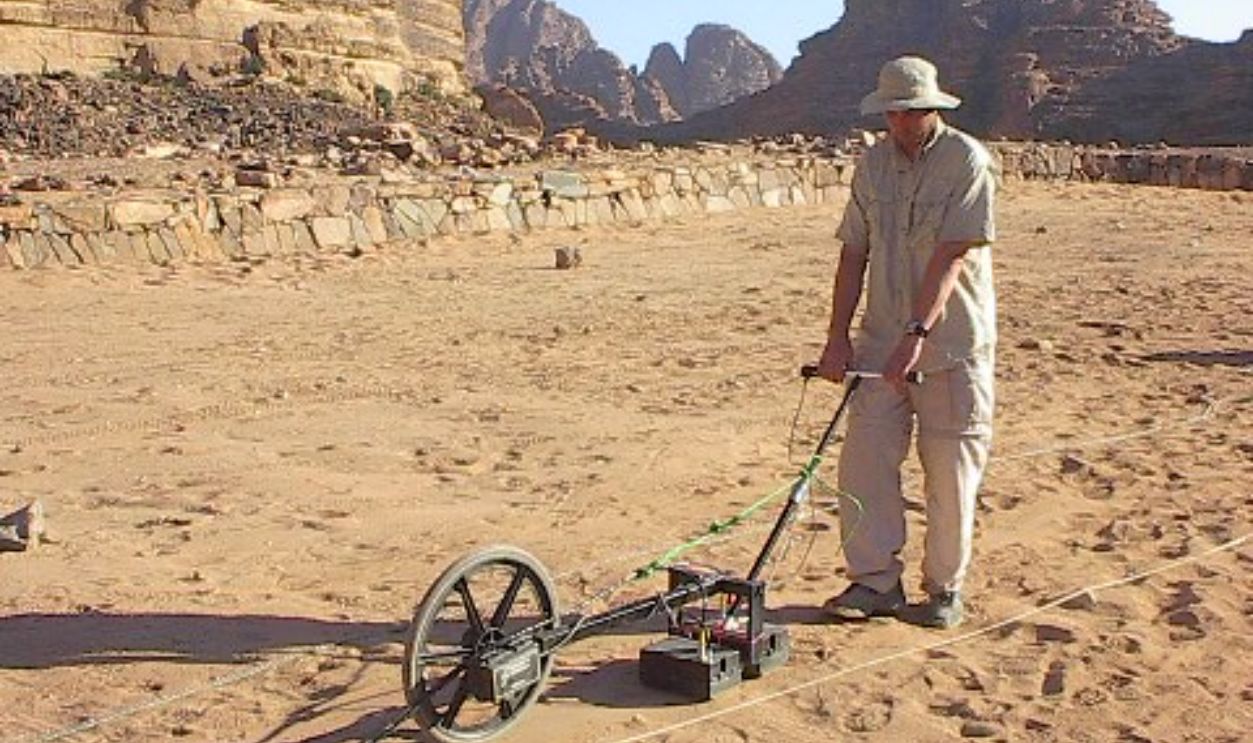 Archaeo-Physics LLC, Wikimedia Commons
Archaeo-Physics LLC, Wikimedia Commons
Footprints That Challenge Old Assumptions
Before this find, experts believed British dinosaur fossils were scarce and incomplete. This trackway turns that assumption around. As of today, the UK’s Jurassic history is richer than previously thought. It forces a reevaluation of how dinosaurs lived in this region. A deeper and more detailed evaluation.
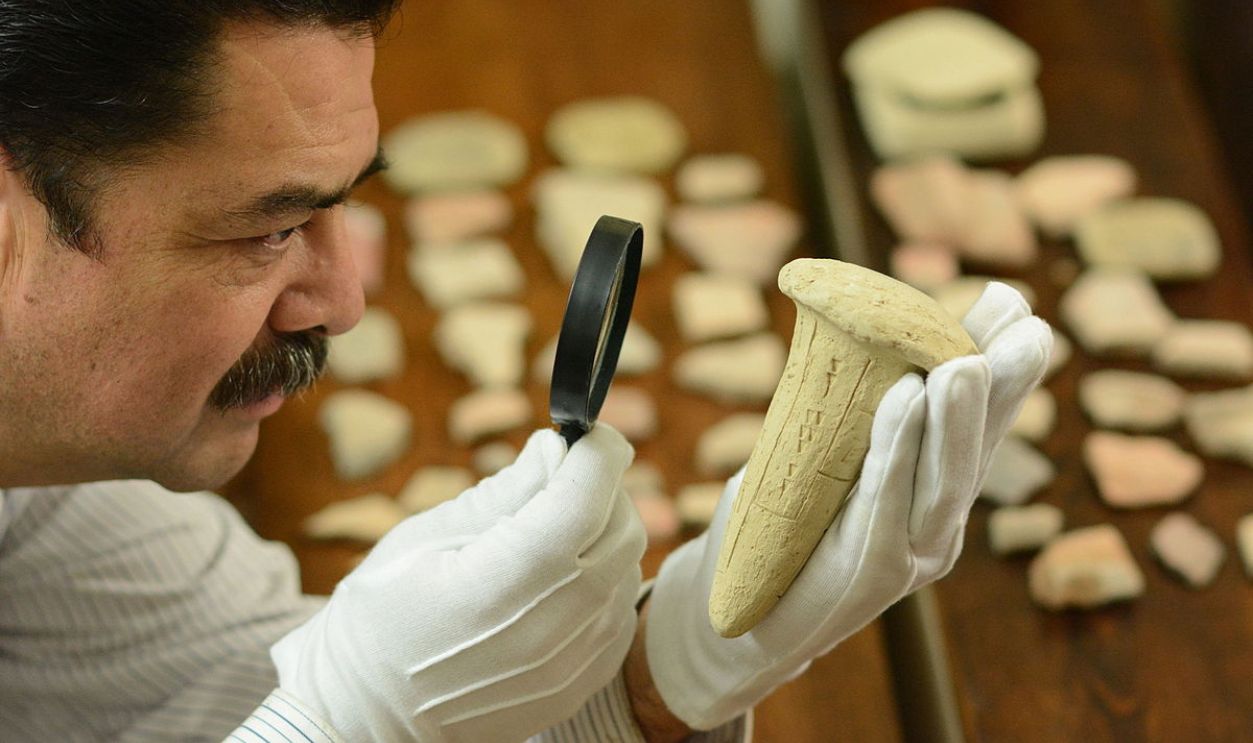 Santabiblia, CC BY-SA 4.0, Wikimedia Commons
Santabiblia, CC BY-SA 4.0, Wikimedia Commons
A Time Capsule Of The Jurassic Era
This unearthing also revealed the environment they inhabited. Experts analyzed the sediment layers surrounding the footprints to recreate the ecosystem. It turns out that this area once hosted rivers and marshes. Now we have an image of Oxfordshire’s appearance millions of years ago.
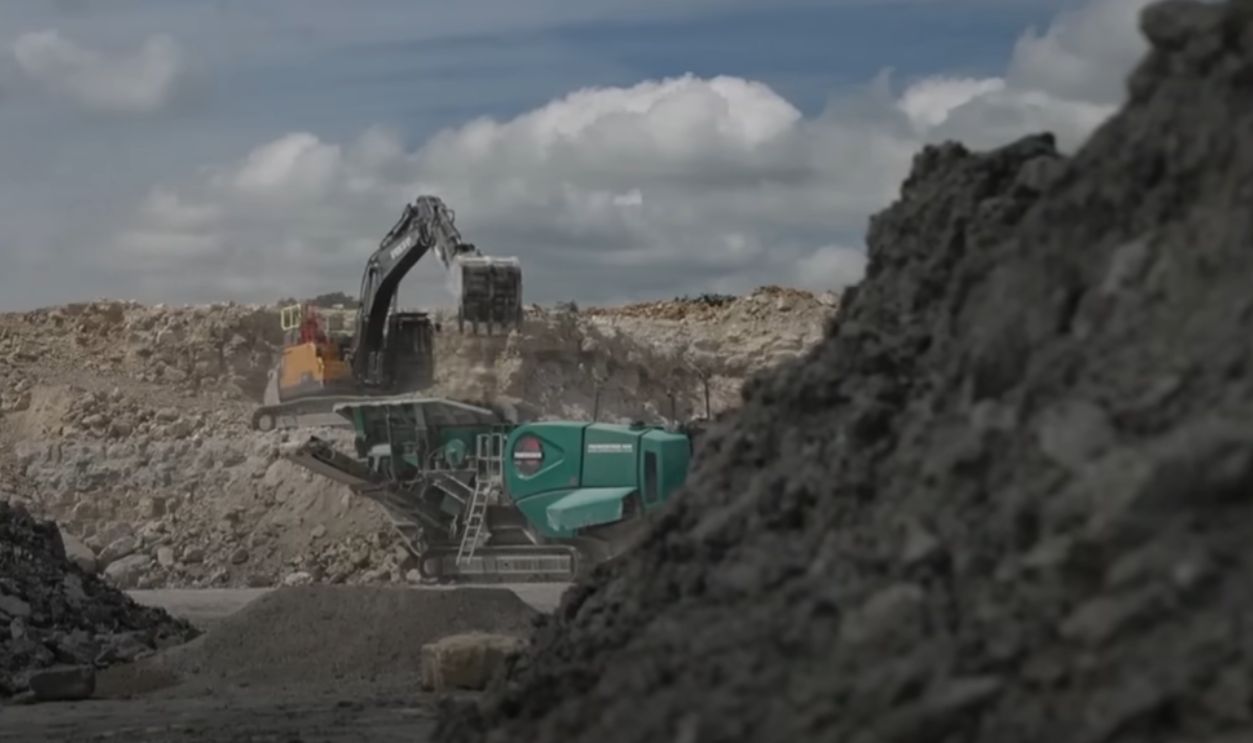 Vast dinosaur footprints found in quarry date back 166 million years | BBC News by BBC News
Vast dinosaur footprints found in quarry date back 166 million years | BBC News by BBC News
How The Clay’s Age Was Determined
Geologists took clay samples to understand the chemical and physical processes that perfectly preserved these prints. The discovery highlights the remarkable role of environmental conditions in fossilization. This means that even a simple layer of clay can hold ancient secrets.
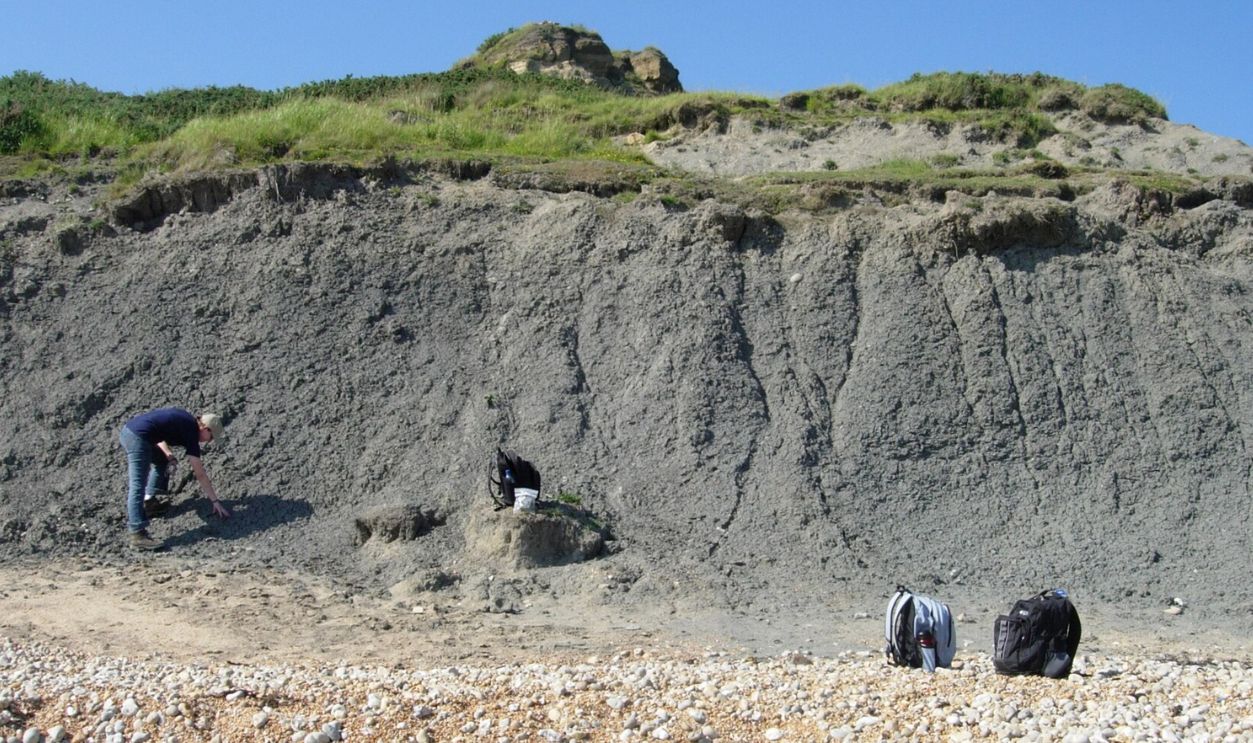 Wilson44691, Wikimedia Commons
Wilson44691, Wikimedia Commons
The Unlikely Role Of Quarry Workers In Paleontology
While digging for commercial purposes, quarry workers are trained to spot unusual features that could indicate something more significant. In this case, the worker immediately alerted paleontologists upon noticing the strange bumps in the clay. Another person who had no idea would have just overlooked the prints.
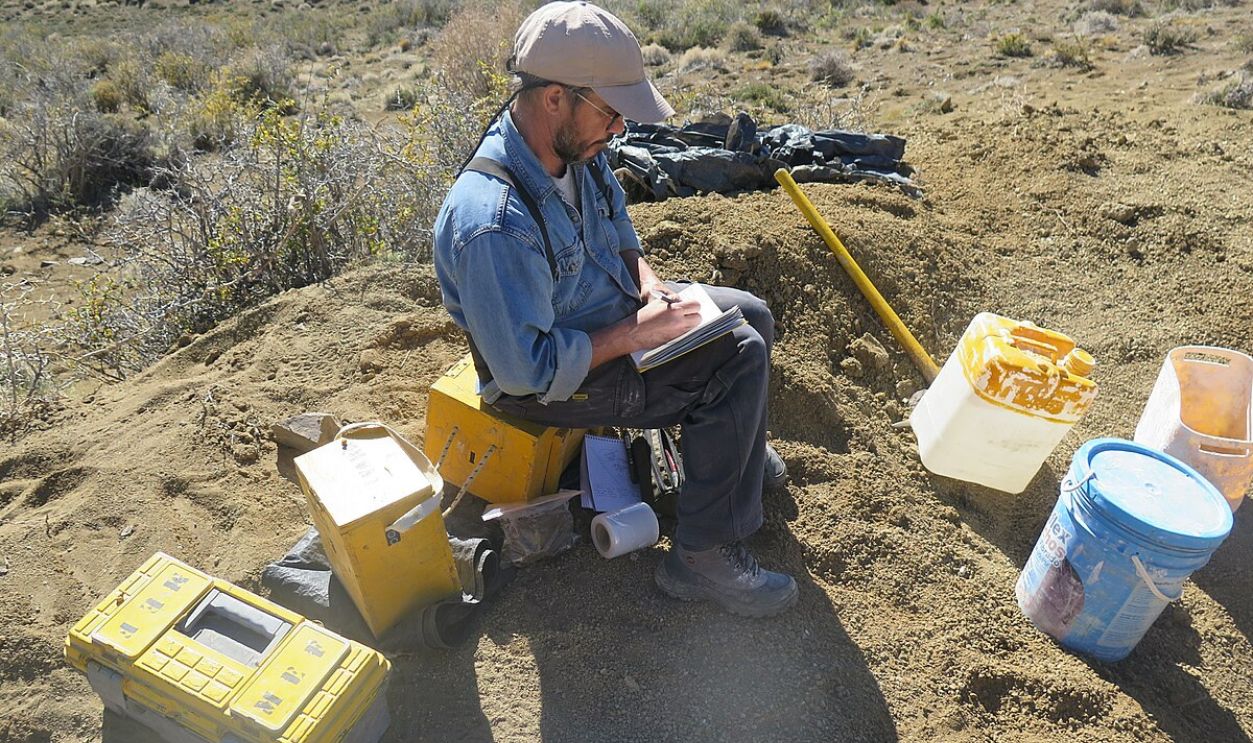 Joseogorman, CC BY-SA 4.0, Wikimedia Commons
Joseogorman, CC BY-SA 4.0, Wikimedia Commons
The Challenge Of Excavating Dinosaur Footprints
Let’s get to the challenging part: Excavating delicate, fossilized footprints. This is no simple task because researchers have to carefully peel back the clay in layers to ensure they don’t damage the prints. They use small tools and brushes and meticulously uncover the trackway without disturbing the surrounding sediment.
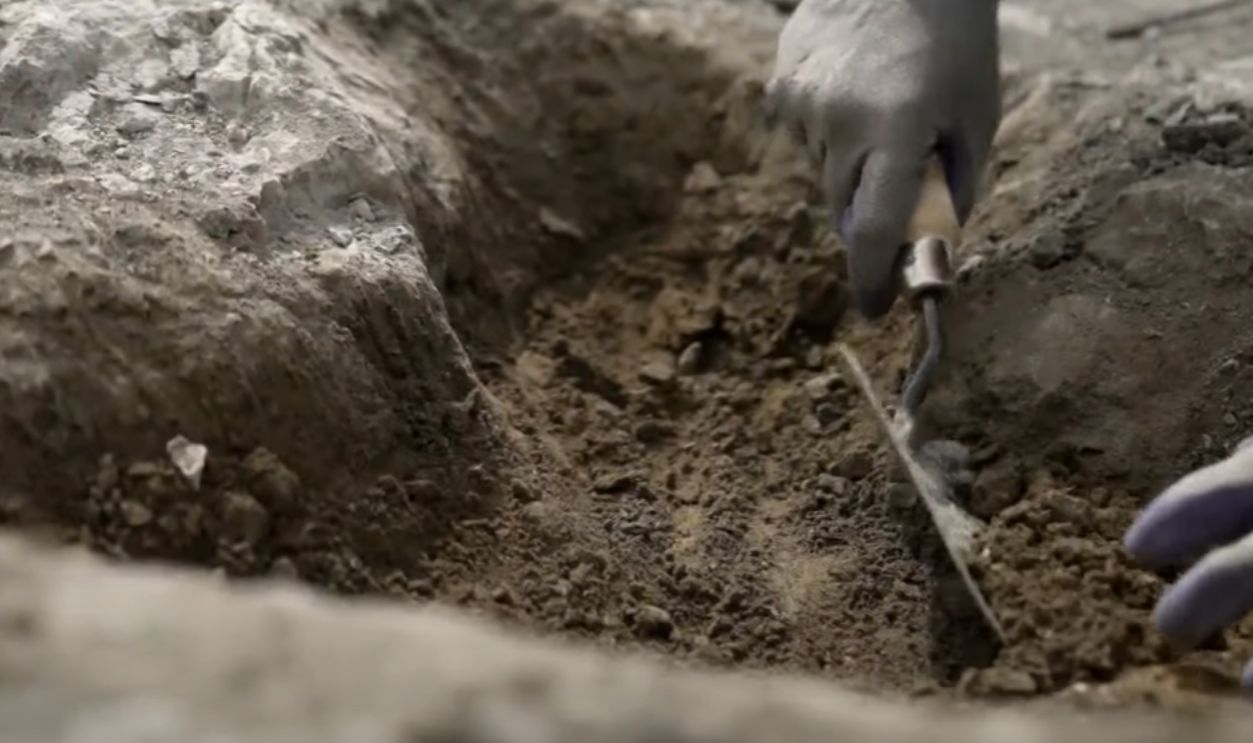 British researchers discover hundreds of dinosaur footprints in U.K. quarry by CBS Chicago
British researchers discover hundreds of dinosaur footprints in U.K. quarry by CBS Chicago
Technology To The Rescue
To preserve the integrity of the prints, the team used modern techniques like 3D scanning. This allowed them to create digital models before physically removing any sediment. This approach ensures that if the footprints begin to erode, there’s a digital record that will survive long into the future.
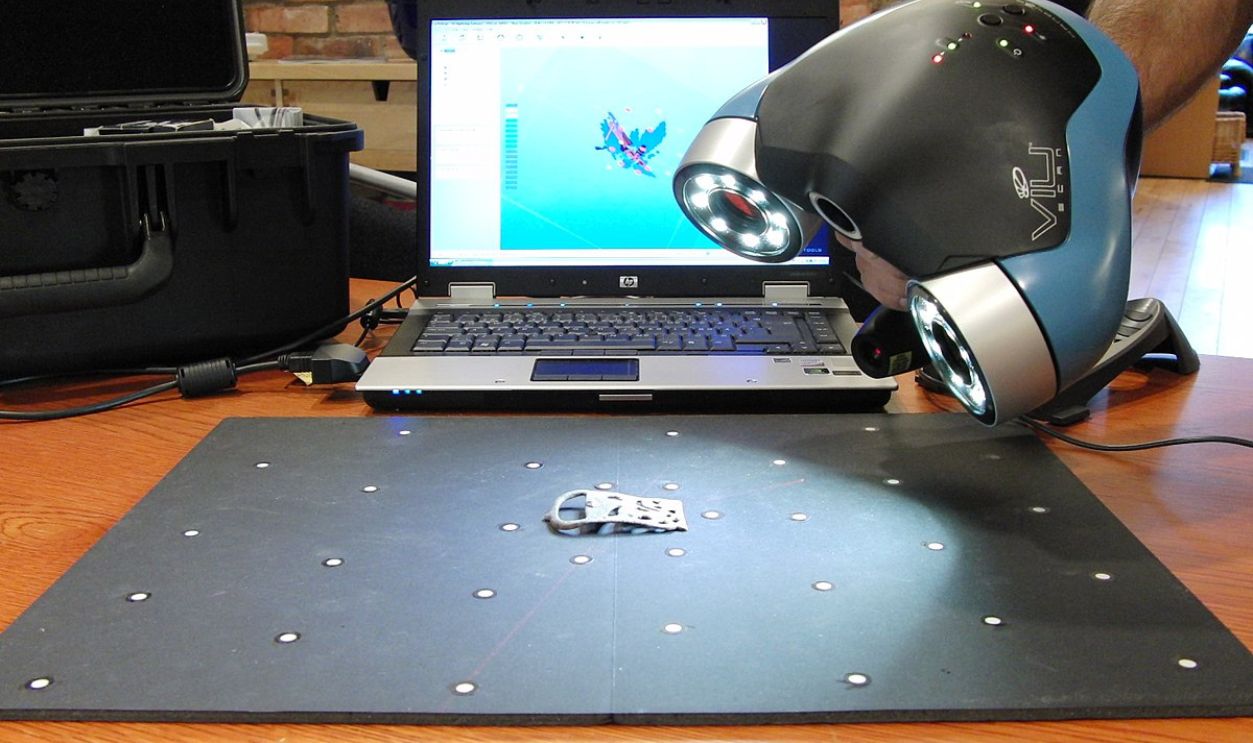 Creative Tools, CC BY 2.0, Wikimedia Commons
Creative Tools, CC BY 2.0, Wikimedia Commons
An Ancient Pathway Connecting Dinosaurs
The trackway is a significant find because it implies a complex level of social behavior. The fossilized path links different species. They reveal that prehistoric ecosystems were interconnected. Further studies provide deeper insights into how these creatures lived and interacted. Who knew footprints could tell such a rich story?
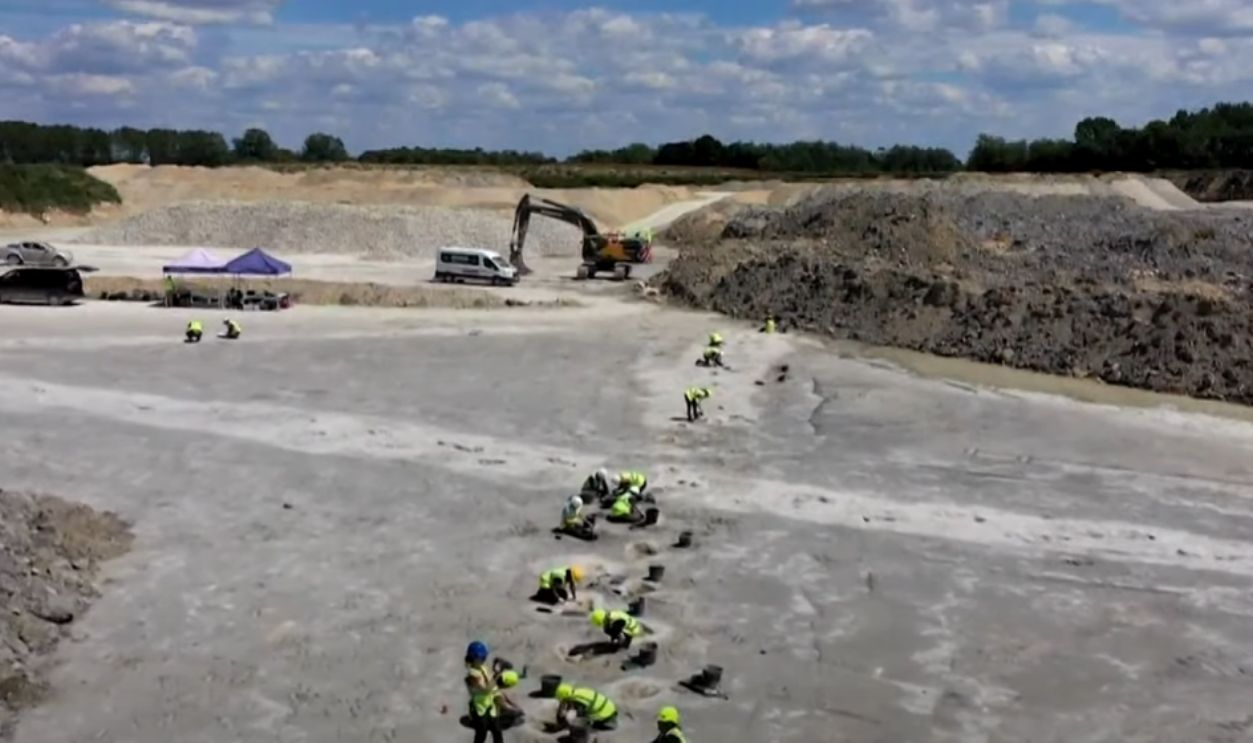 British researchers discover hundreds of dinosaur footprints in U.K. quarry by CBS Chicago
British researchers discover hundreds of dinosaur footprints in U.K. quarry by CBS Chicago
How Will They Keep A FootPrint Intact?
While the Oxfordshire dinosaur footprints are a significant discovery, they face the preservation challenge. Natural erosion and the passage of time threaten these fragile fossils. Conservation efforts are underway to protect the trackway. Still, some experts argue that keeping it natural is the best way to preserve it.
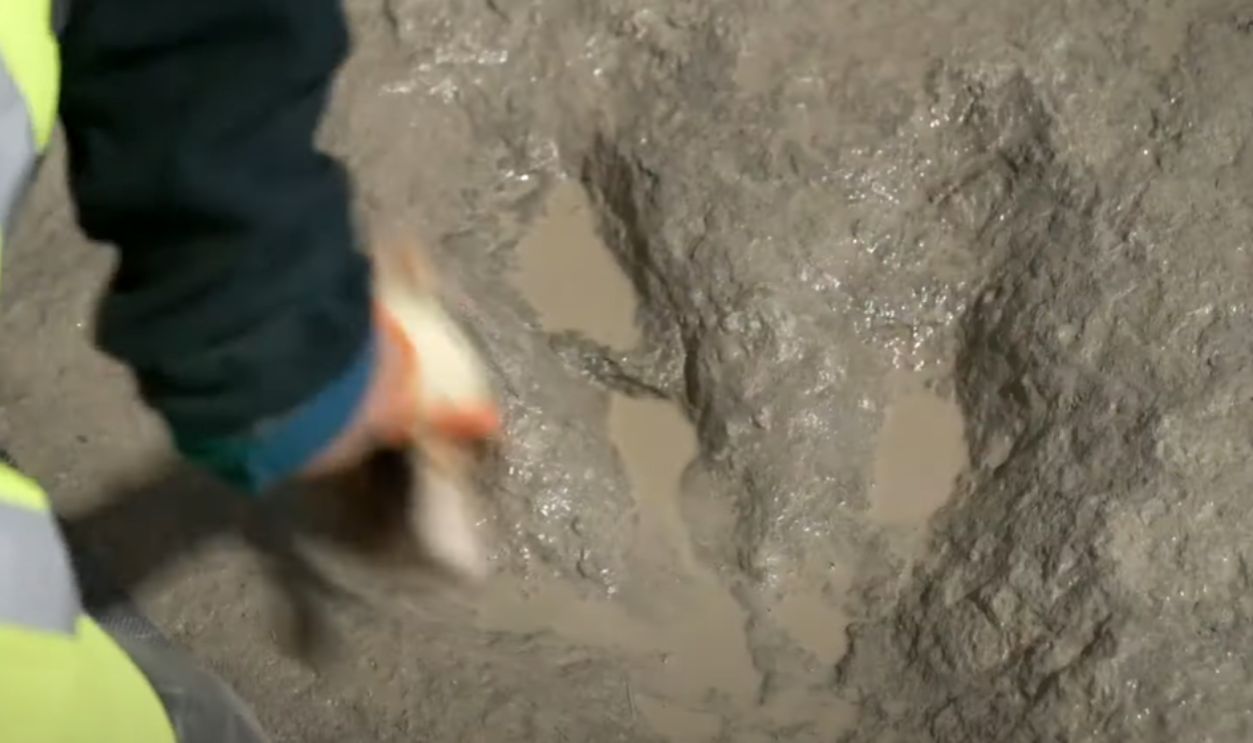 British researchers discover hundreds of dinosaur footprints in U.K. quarry by CBS Chicago
British researchers discover hundreds of dinosaur footprints in U.K. quarry by CBS Chicago
Here Are Some Suggestions For Preservation
Reserving the footprints includes creating protective coverings to shield the trackway from weather and erosion. Meanwhile, paleontologists are also in search of newer and better methods of digitally preserving the footprints. These methods will ensure they’re never lost to time.
The Impact Of Footprint Discoveries On Modern Paleontology
Many question, “Now what”? Well, such discoveries have significant ramifications in modern paleontology. They provide new avenues for research. Unlike skeletal remains, footprints uncover details about how dinosaurs moved, interacted, and behaved in their environment. Such findings have provided researchers with fresh perspectives.
It Opens Doors To The Discovery Of More Tracks
If your footstep is engraved here, it has to source and lead to somewhere else, right? Following this, paleontologists now have a rare opportunity to study preserved trackways like this one, which offers more direct insight into the life of dinosaurs. These footprints can be compared to other animals in similar periods.
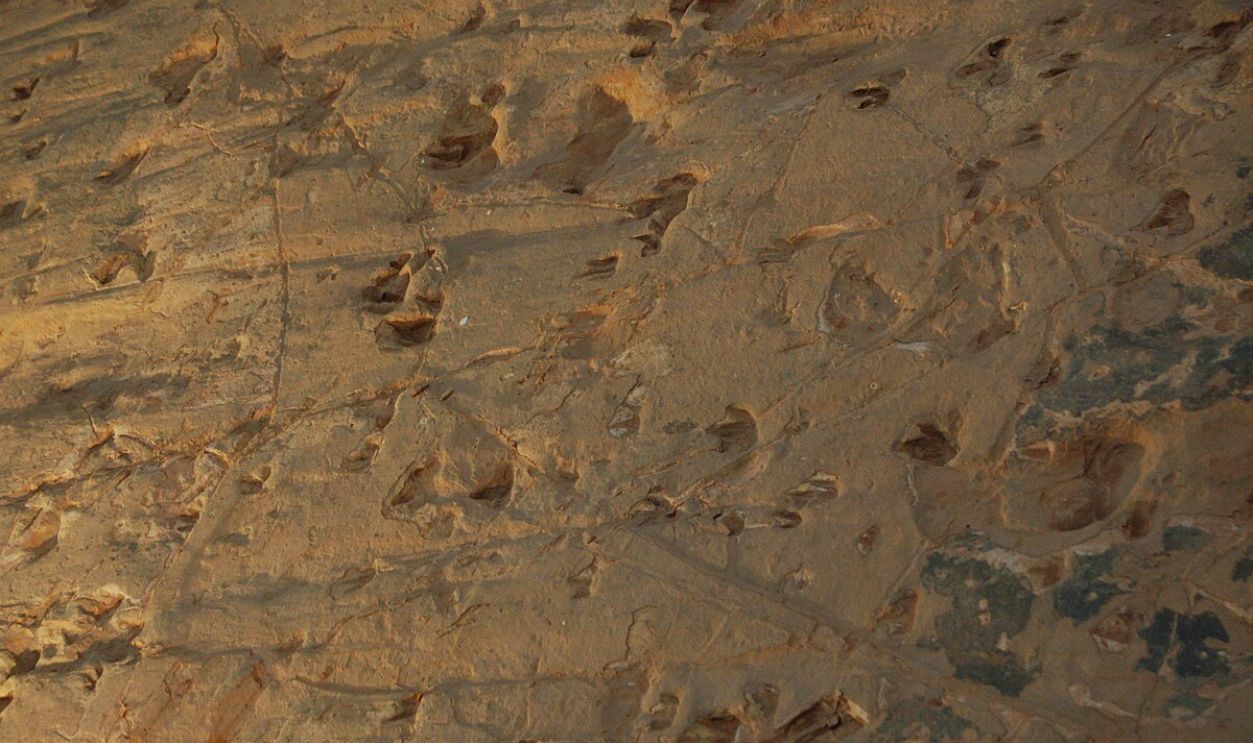 Me whynot, CC BY-SA 3.0, Wikimedia Commons
Me whynot, CC BY-SA 3.0, Wikimedia Commons

